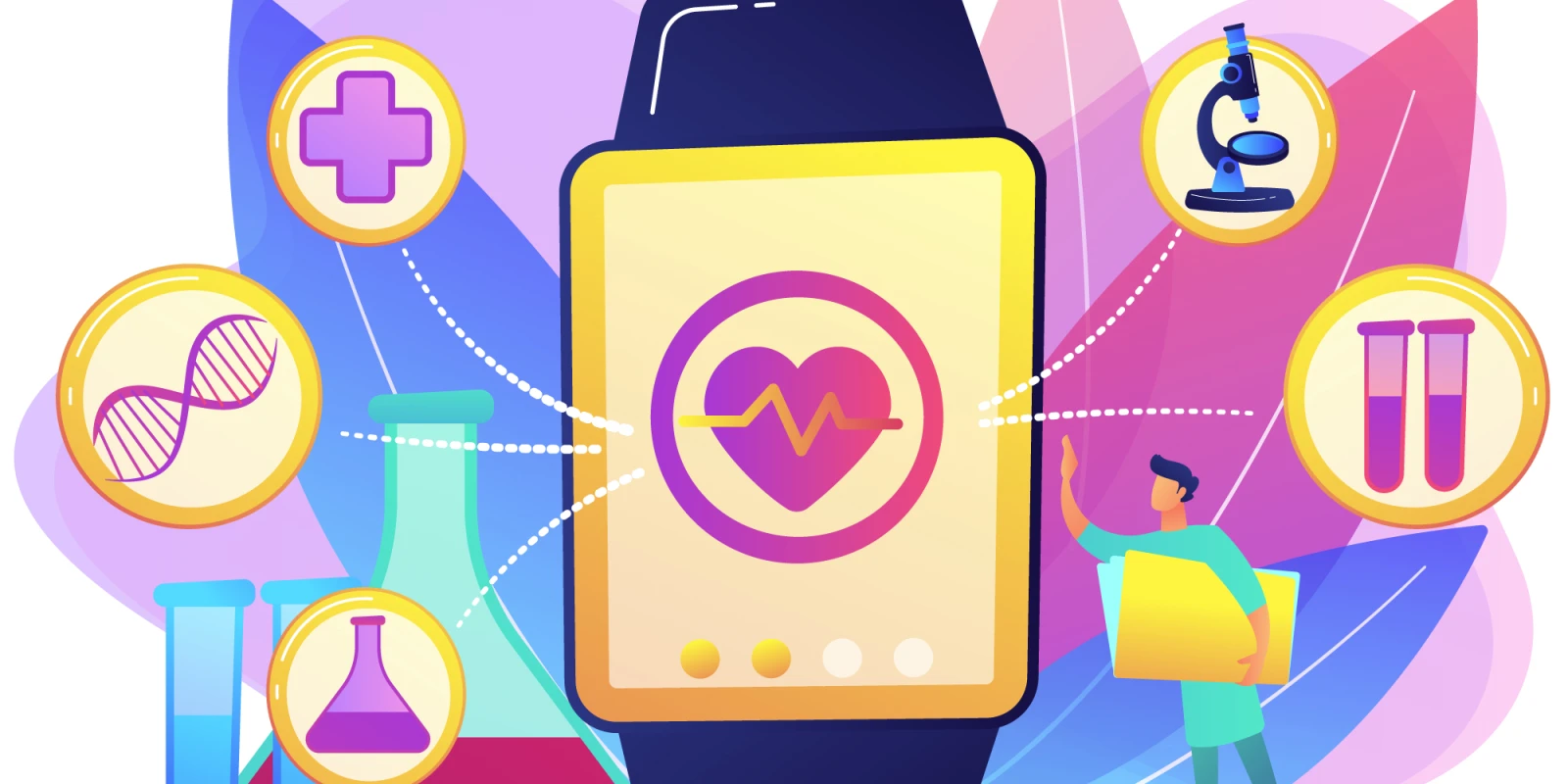 It was a typical morning in the cardiology clinic. I was more than 25 minutes behind schedule for my appointments. I needed to tighten up the rest of my morning visits if I was going to have any hope of getting back on track. And I needed to get back on track in order to improve my patient satisfaction survey scores, which my practice was routinely using to assess us.
It was a typical morning in the cardiology clinic. I was more than 25 minutes behind schedule for my appointments. I needed to tighten up the rest of my morning visits if I was going to have any hope of getting back on track. And I needed to get back on track in order to improve my patient satisfaction survey scores, which my practice was routinely using to assess us.
My patient was a 65-year-old man with atrial fibrillation (AFib) who was in for routine follow-up. His AFib had always been asymptomatic so I anticipated a quick look at his vital signs and an “easy” visit. As I entered the room, I saw him eagerly waiting, seated on the exam table with his shirt off. But my heart sank when I looked down to see a binder in his hand. As he handed it to me, I reluctantly forced a smile and opened it. I stared at a stack of papers with a collage of color-coded tables, graphs, and charts — one for each day of the past three months. He’d tracked his heart rate every hour of every day since our last visit with his smartwatch. He’d correlated his heart rate with his exercise, sleep patterns, nutrition, and stress levels.
I was simultaneously awed and dumbfounded. The marvels of modern technology have allowed us to systematically deconstruct human behavior in such a manner for patterns to emerge that may guide treatment decisions.
But I was also hesitant. The accuracy of this patient-generated data — from data collection by a smartwatch to the patient’s input on behavior — was unvalidated. As an evidence-based physician, I’m accustomed to making decisions based only on validated, high-quality data. I floundered. I didn’t know whether to rely on this patient’s intricate graphs and charts to titrate his medication doses.
My patient’s binder raises so many questions relevant to the practice of medicine in this era. How much information is too much for the physician to process? In the era of exploding health technology startups, which tout everything from tracking mindfulness to symptoms for chronic disease management and vital signs like blood pressure and oxygenation, what is the limit on information accumulation? When does it become too much? Does this form of data collection need to be validated before it is used? Does tracking patient health information so closely alter patient behavior negatively? Should we incorporate these types of data formally into the medical record, as we do with office vital signs? And, are these so-called incremental medical technology advancements helping or hurting the way we practice?
For my AFib patient, the pattern was clear: every time his heart rate went above 100 beats a minute, there was a spike in his “stress level” graph a few minutes later and then his blood pressure. Needless to say, the visit took longer than expected. Not just because of the sheer number of pages I had to process and document in my note, but also because I was baffled about the best way to care for this patient. I told him we’d need old-fashioned Holter monitoring to track his heart rate and correlate it with his smartwatch before changing his medications. As I left the office, I saw his furrowed brows, unsatisfied that his data collection had not been more carefully incorporated into his treatment plan. I felt my brows furrow also, as I asked myself whether those 40 minutes looking over his graphs were the best use of our time together.
Payal Kohli, MD is a cardiologist and a 2018–2019 Doximity Author.







